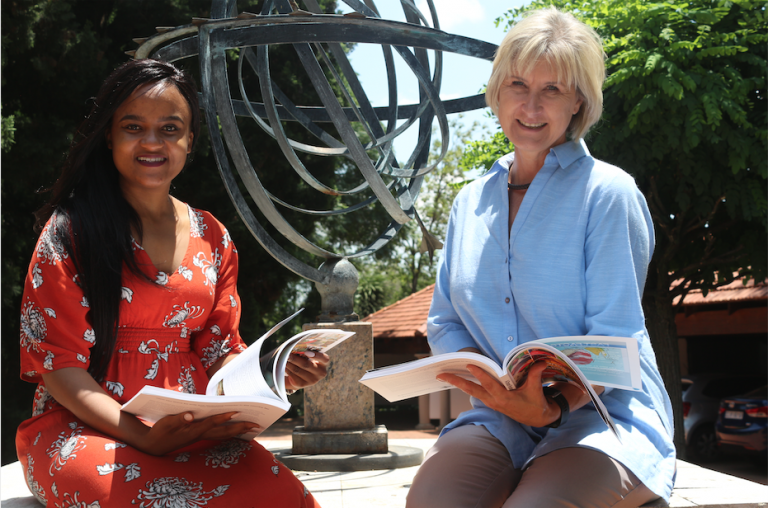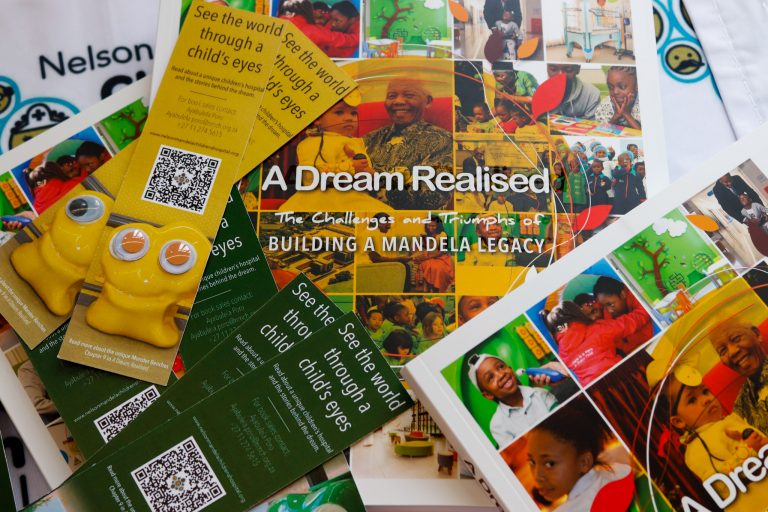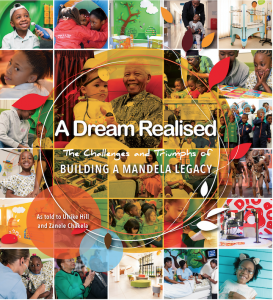August is the month to showcase women power. A quote that epitomises this month has been doing the rounds on social media:
“Here’s to strong women may we know them. May we be them. May we raise them.”
On Monday, we commemorate a time in history when approximately 20 000 women marched to the Union Buildings in Pretoria to protest the apartheid government’s control over the movement of black women in urban areas.
It was 1956 and the apartheid government ensured that black people were controlled and that their freedom limited. At the time, women who worked in white-designated areas had to carry the ‘dompas’ the derogatory name given to the passbooks.
Mothers, daughters, sisters and friends decided enough was enough and took to the streets in protest. They wanted to initiate change to a humanely unjust system. Not only did they march, they stood outside the Union Buildings in silence for 30 minutes, in a non-violent but powerful display of female fortitude.
Women’s Day continues to highlight the challenges women face in society. It is a reminder that women should never underestimate their own power but also the power of their sisters, mothers and neighbours. History has shown repeatedly how women have the power to change the world.
We celebrate five women from Time Magazine’s list of 25 women who changed history. These five women were chosen not only for the functional roles they played in society but because they had penned some powerful words that provided social change.
Virginia Woolf (1882-1941)
We placed Virginia Woolf at the top of our list. This novelist is well-known for her stream-of-conscious writing style. Through her pen, she explored the various roles of women. Her feminist essay A Room of One’s Own is based on the thesis that “a woman must have money and a room of her own if she is to write fiction”. Although Woolf suffered from depression which ultimately led to her suicide, her literary work continues to provide awareness about gender issues.
Rachel Carson (1907-1964)
Rachel Carson was a marine biologist who was responsible for the green movement. Her book Silent Spring, which documented the devastating effects of pesticides on the environment, ultimately helped advance the global environmental movement. Carson wrote feature articles and novels about natural history and the environment, including her prize-winning sea trilogy (Under the Seawind, The Sea Around Us and The Ends of the Sea), which explained oceanic life in accessible story form.
Julia Child (1912-2004)
American cooking teacher Julia Child brought French Cuisine to the American public with her cookbook Mastering the Art of French Cooking. Her reason for being added to this list is that she broke through the barrier of the male-dominated gourmet kitchen. Child presented her cooking show on television at a time before the feminist movement began in the 60s, this provided the opportunity to air social issues that women faced at the time.
Margaret Mead (1901-1978)
Margaret Mead once said, “I have spent most of my life studying the lives of other peoples — faraway peoples — so that Americans might better understand themselves.” Mead began taking notes on her observations of human behaviour after her mother encouraged her interest in studying the development of her younger siblings. She frequently featured as an author and speaker during the 60s and 70s. Mead’s influential and controversial book Sex and Temperament in Three Primitive Societies not only became a major cornerstone of the feminist movement, it also introduced the dominancy of females within particular cultures.
Gloria Steinem (1934-Present)
“Feminism has never been about getting a job for one woman. It’s about making life more fair for women everywhere.” Gloria Steinem, American feminist and journalist, was recognised as a leader and a spokeswoman for the American feminist movement in the late 1960s and early 1970s. She co-founded the MS Magazine and published an article, “After Black Power, Women’s Liberation”, which brought her to national fame as a feminist leader. In 1963, Steinem went undercover as a Playboy bunny to report on the treatment of women at Playboy clubs for Show magazine.





